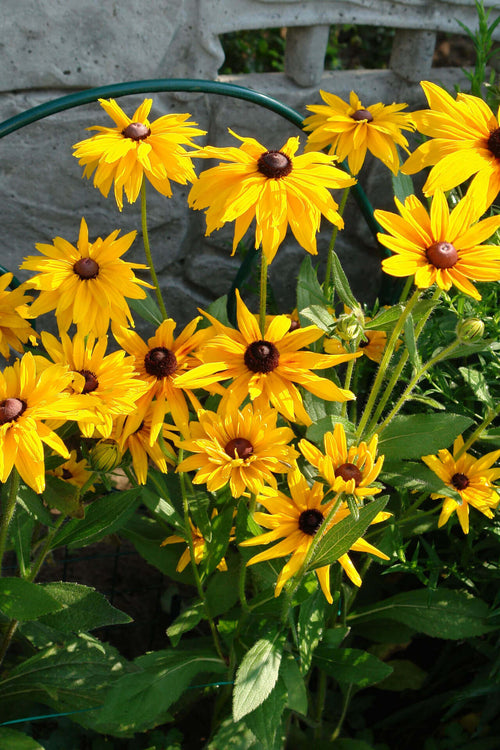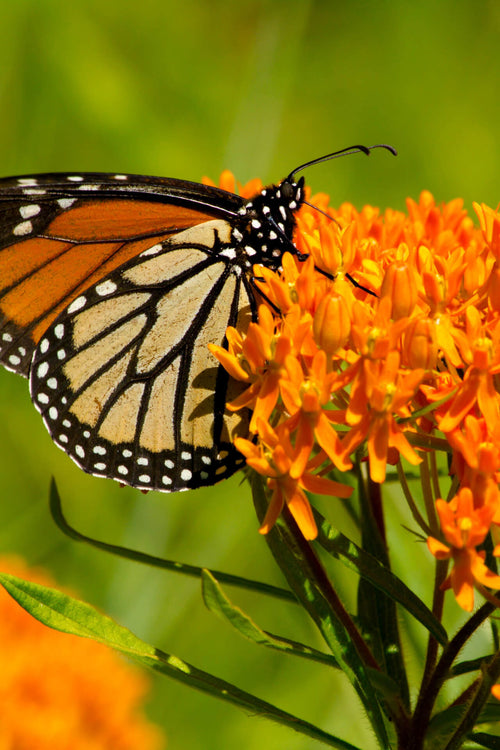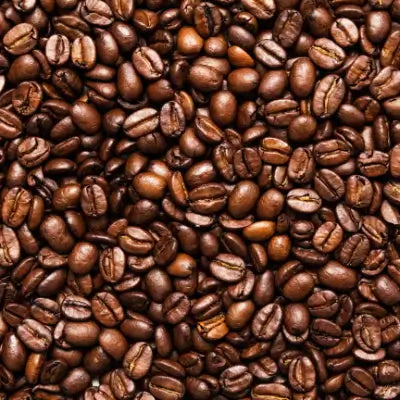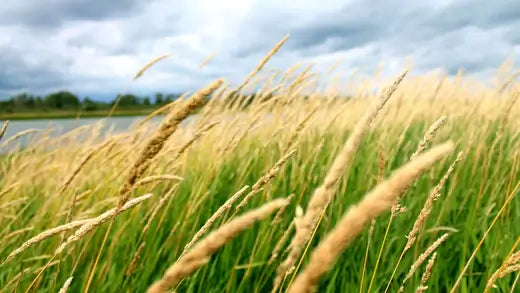Carolina Jasmine, scientifically known as Gelsemium sempervirens, is a beautiful flowering vine native to the southeastern United States.
Its history intertwines with the region's rich cultural and botanical heritage, tracing centuries.
Carolina Jasmine has been an integral part of the Southern landscape for generations. Native American tribes, like the Choctaw and Creek, revered the plant for its medicinal properties. They used different parts of the plant to treat ailments like fever, headaches, and various respiratory conditions.
The Native Americans also believed that Carolina Jasmine possessed spiritual qualities, using them in religious ceremonies and rituals. The coming of European immigrants in the 16th and 17th centuries brought a new wave of interest in Carolina Jasmine. Explorers and naturalists marveled at the beauty and fragrance of the plant, collecting specimens for scientific study and botanical gardens. The plant's popularity grew, and became a cherished addition to parks and estates.
Carolina Jasmine gained further recognition in the 19th century when its medicinal properties were extensively studied. Researchers discovered that the plant contained alkaloids, particularly gelsemine, with potent analgesic and sedative effects.
Carolina Jasmine extracts were used in traditional medicine to alleviate pain, induce relaxation, and even treat certain types of neuralgia. The plant's therapeutic potential attracted the attention of medical professionals, and it found its place in the pharmacopeias of the time. In addition to its medicinal uses,
Carolina Jasmine became sought after for its ornamental value. Its dainty, fragrant yellow flowers and glossy evergreen leaves made it a gardener's favorite. The plant's vining habit allowed it to gracefully cover trellises, arbors, and fences, creating a charming and picturesque display. Carolina Jasmine soon became synonymous with the beauty and elegance of the Southern landscape. The plant's enchanting presence in gardens and landscapes captured the attention of artists and writers. It symbolized the Southern spirit, evoking images of sprawling plantations and romanticized notions of the Old South.
Carolina Jasmine featured prominently in literature and art, immortalizing its status as a beloved cultural icon.
Despite its popularity, Carolina Jasmine faced challenges in the 20th century. Urbanization and habitat loss threatened the plant's existence in its native range. Efforts to conserve the species and raise awareness about its ecological importance gained momentum. Carolina Jasmine was recognized for providing habitat and food for pollinators, including bees and butterflies, further highlighting its significance beyond its aesthetic appeal.
Today, Carolina Jasmine continues to captivate both nature enthusiasts and gardeners alike. Its delicate blossoms and aromatic fragrance bring joy to those who encounter it. The plant's versatility and adaptability have made it a resilient species, thriving in various environments, from coastal plains to mountainous regions.
In conclusion, the history of Carolina Jasmine is a tapestry woven with cultural, medicinal, and botanical threads. From its ancient use by Native American tribes to its place as a cherished ornamental plant, Carolina Jasmine has left an indelible mark on the Southeastern United States. Its allure and significance endure, reminding us of the interplay between nature and human civilization and the importance of preserving the natural heritage for future generations. Carolina Jasmine, also known as Gelsemium sempervirens, is a beautiful flowering vine with numerous benefits. Carolina Jasmine has many positive impacts, from its medicinal properties to its ecological value.
In this essay, we will explore the various benefits of Carolina Jasmine and its significance in human life. Medicinal Benefits Carolina Jasmine has a long history of medicinal use. The plant contains alkaloids, particularly gelsemine, with analgesic and soothing properties. These therapeutic compounds have been traditionally used to alleviate pain, induce relaxation, and treat conditions such as neuralgia and migraines. Carolina Jasmine extracts have also been employed as a remedy for respiratory ailments like coughs and colds and for reducing fever.
Carolina Jasmine is being studied in modern medicine for its potential therapeutic applications.
Research suggests that the plant's alkaloids may have antitumor properties, making it a subject of interest in cancer research. Additionally, Carolina Jasmine is being investigated for its potential as a muscle relaxant and anxiolytic agent, which could have implications in treating anxiety disorders. Ornamental Beauty One of the most apparent benefits of Carolina Jasmine is its ornamental value. Its delicate, trumpet-shaped yellow flowers and glossy evergreen leaves add a touch of look to any garden or landscape.
The vine's vining habit allows it to climb and cover trellises, arbors, and fences, creating a stunning display. The fragrance of Carolina Jasmine is also captivating, making it a popular choice for those seeking to enhance the sensory experience of their outdoor spaces. Pollinator Habitat Carolina Jasmine is crucial in supporting pollinators, such as bees and butterflies. The plant's nectar-rich flowers attract these essential insects, providing them with a valuable food source.
By planting Carolina Jasmine in gardens and landscapes, individuals can contribute to the conservation of pollinators, which are vital for the reproduction of many plants and the overall health of ecosystems. Soil Erosion Control The extensive root system of Carolina Jasmine helps stabilize the soil, making it beneficial for controlling erosion. The vine's trailing nature allows it to spread across the ground, creating a protective mat that prevents soil erosion on slopes and embankments. This erosion control capability makes Carolina Jasmine a valuable asset in landscaping projects and restoration efforts, particularly in areas prone to decay.
Privacy and Shade Carolina Jasmine's vining habit and dense foliage make it an excellent plant choice for creating privacy screens or natural shade structures. When grown on trellises or fences, the vine can form a thick curtain of greenery, providing a visual barrier and shielding outdoor spaces from prying eyes. Its dense foliage also offers shade, making it suitable for creating calm, shaded areas in gardens or patios.
Economic Value Carolina Jasmine has economic value as well. Its popularity as an ornamental plant has created a demand in the horticulture industry, leading to the propagation and sale of Carolina Jasmine vines. Nurseries and garden centers benefit from this plant's commercial cultivation and distribution, contributing to local and regional economies.
Cultural Significance Carolina Jasmine holds cultural significance in the southeastern United States. It is often associated with the charm and elegance of the Southern landscape. The plant's presence in literature, art, and folklore reflects its importance in the region's cultural fabric.
Carolina Jasmine has become a symbol of Southern heritage, evoking images of old plantations, romance, and the natural beauty of the South. In conclusion, Carolina Jasmine offers a multitude of benefits. Its medicinal properties, ornamental beauty, pollinator support, erosion control capabilities, privacy and shade provision, economic value, and cultural significance all contribute to its importance.



















































